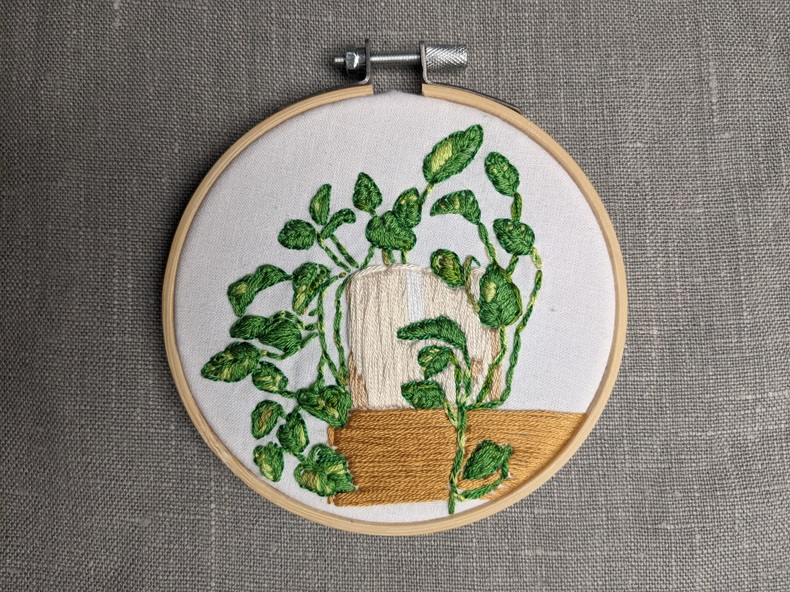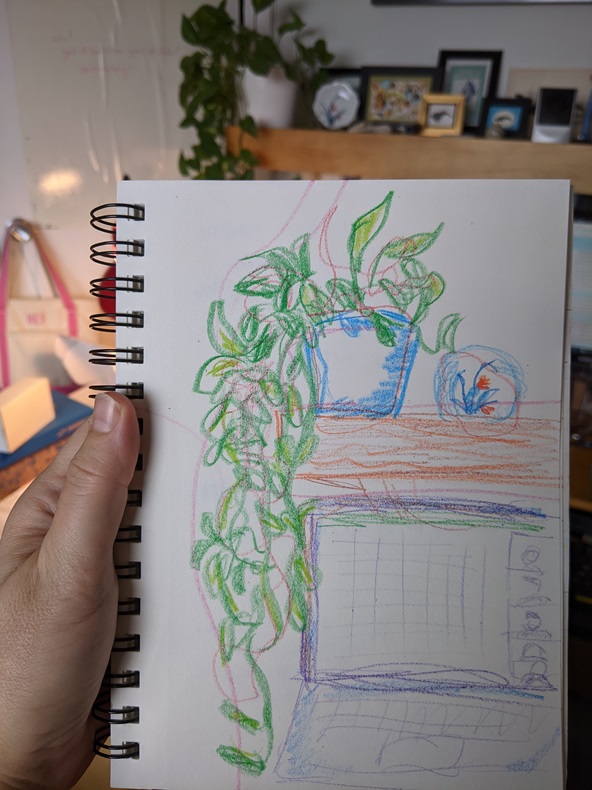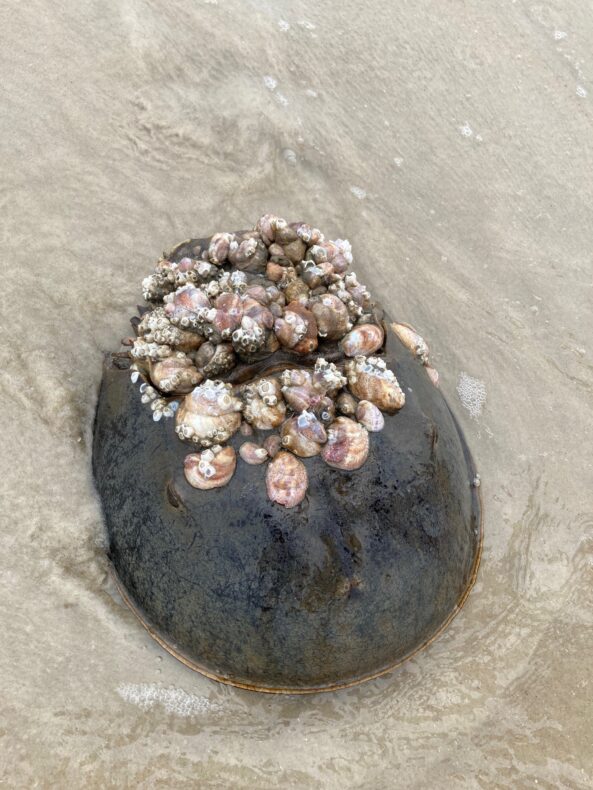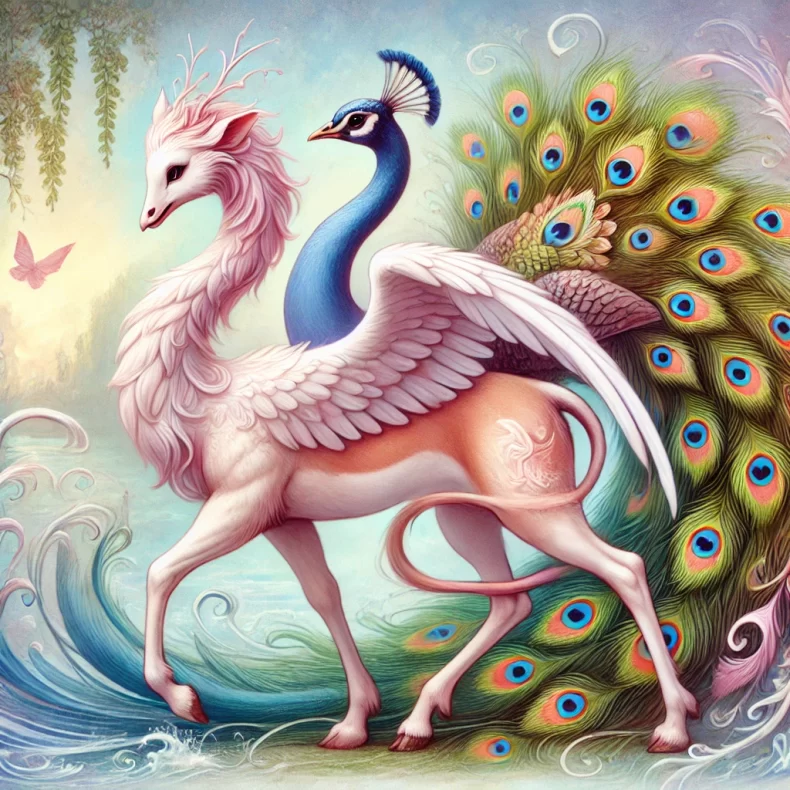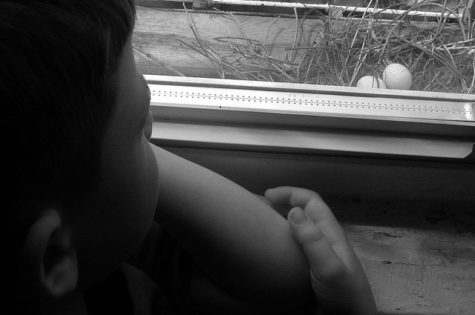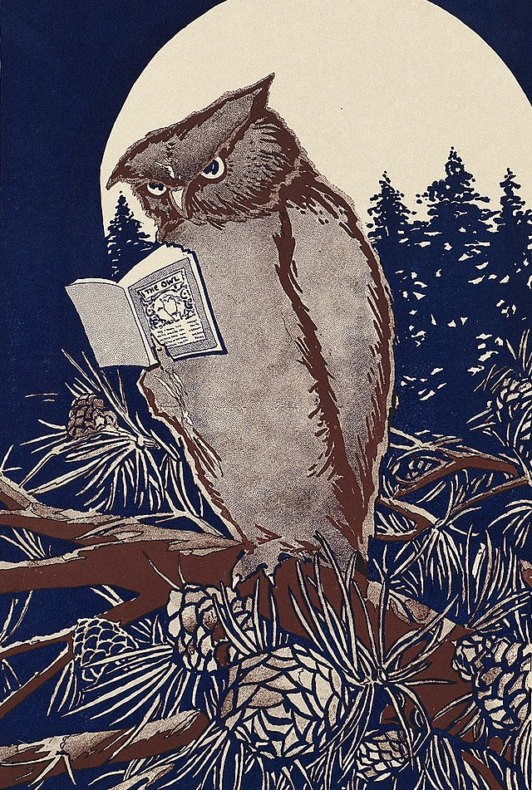
This post first ran in 2021, but I’ve been thinking of it a lot lately — ever since a new family moved into my friend Mona’s house. Mona lived in my neighborhood and we walked our dogs together most mornings. She died of cancer in 2017, and I still think of her every time I pass by her house, which is every time I leave my house. I miss her on a daily basis. The new family in her house has somehow made me miss her more, because I have such a strong impulse to want to tell her about the news. Seven years after her departure, I’m still wanting to share things with her on a weekly basis, and it hurts so much that she’s not here for it.
**
On the morning my friend Kristina died, I listened and re-listened to the last voice mail she left me. I needed to hear her voice, and the mundaneness of her 35 second message was comforting. She was sorry she’d missed my call. She’d been out for a walk. She was planning a bike ride tomorrow but would call me again before that. She really wanted to connect.
I am notoriously terrible about clearing out my voice mails. I can’t bear to erase them. I have a habit of keeping at least one at all times from the people I love most. The content of the message isn’t important. It’s that I can hear their voice, catch them in the midst of ordinary life, before they are dead. I’ve learned that you never know when someone will be dead.
I once heard a story about a phone booth in Japan where people who lost friends and family in the 2011 tsunami and earthquake go to talk to their lost loved ones. I would use a phone booth like that.
I still occasionally listen to the voice mail I saved from my friend Mona before she died several years ago. I have heard her say that she’s just returned from Tai Chi class dozens of times. In the months after she died, I also texted her more than once. Sometimes I would forget, if only for a split second, that she was dead and feel compelled to follow through on my impulse to tell her something on my mind. Other times, I just needed to pretend for a moment that she wasn’t really gone.
When I got the news that Kristina had died, I had just placed a letter to her in my mailbox. A few days earlier, a loved one had sent a message out saying that Kristina was turning inward and it was now best to send wishes and love by mail rather than text or phone. This was my second note to her in the previous two weeks, and I’m not sure if she ever read the first. After I received the news that she had passed, I stood on the front porch and stared at the little red flag raised on my mailbox at the end of the driveway. I could not make myself go retrieve the letter.
